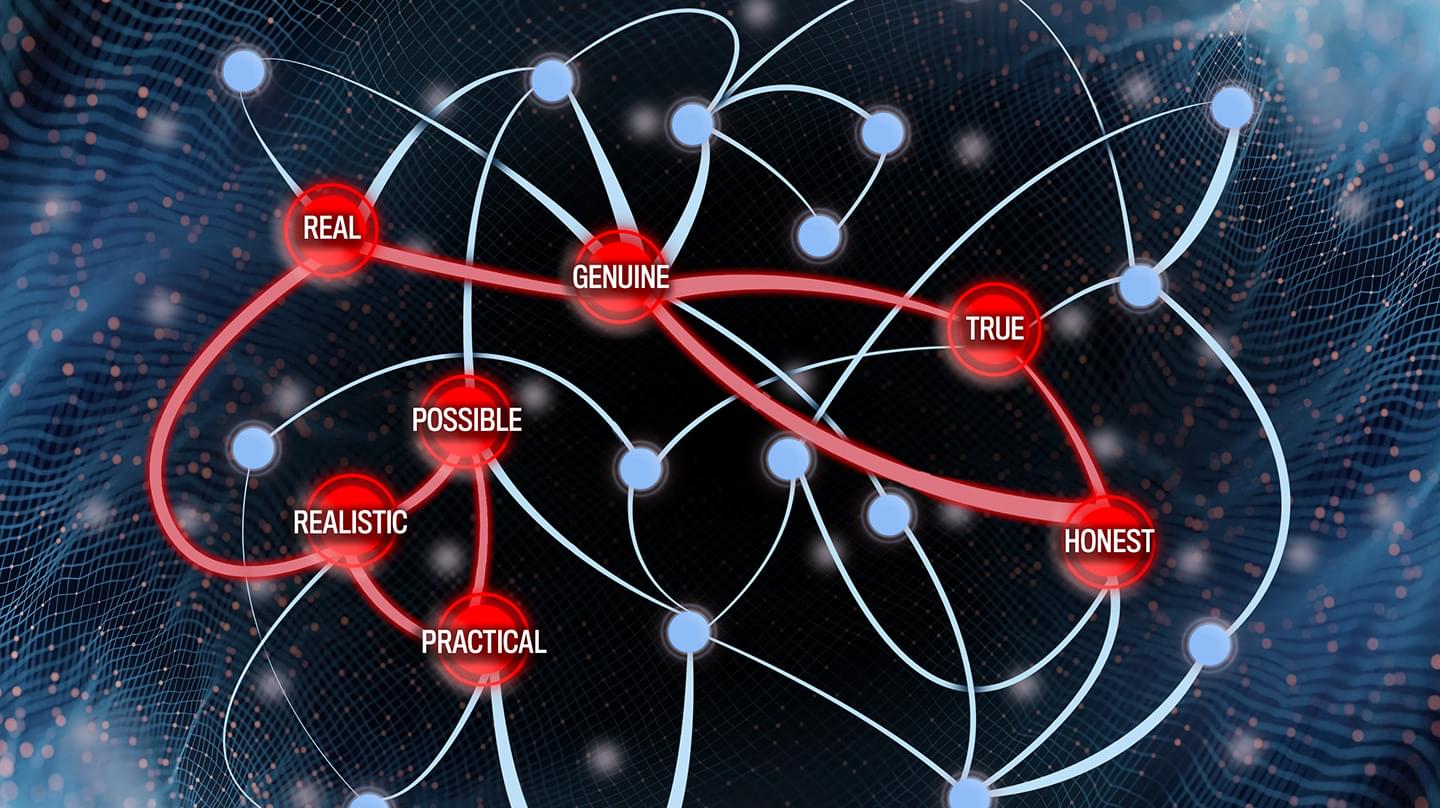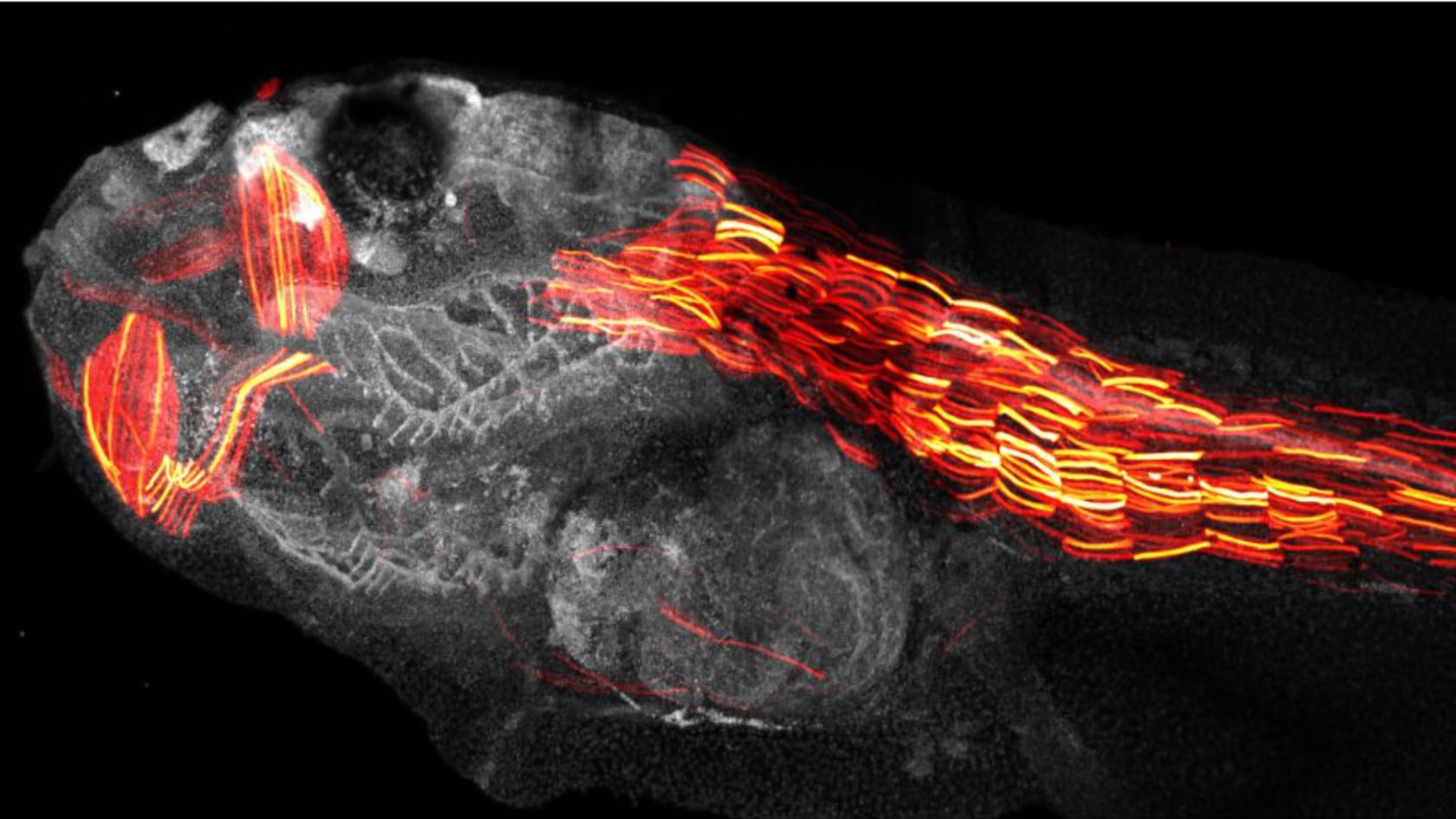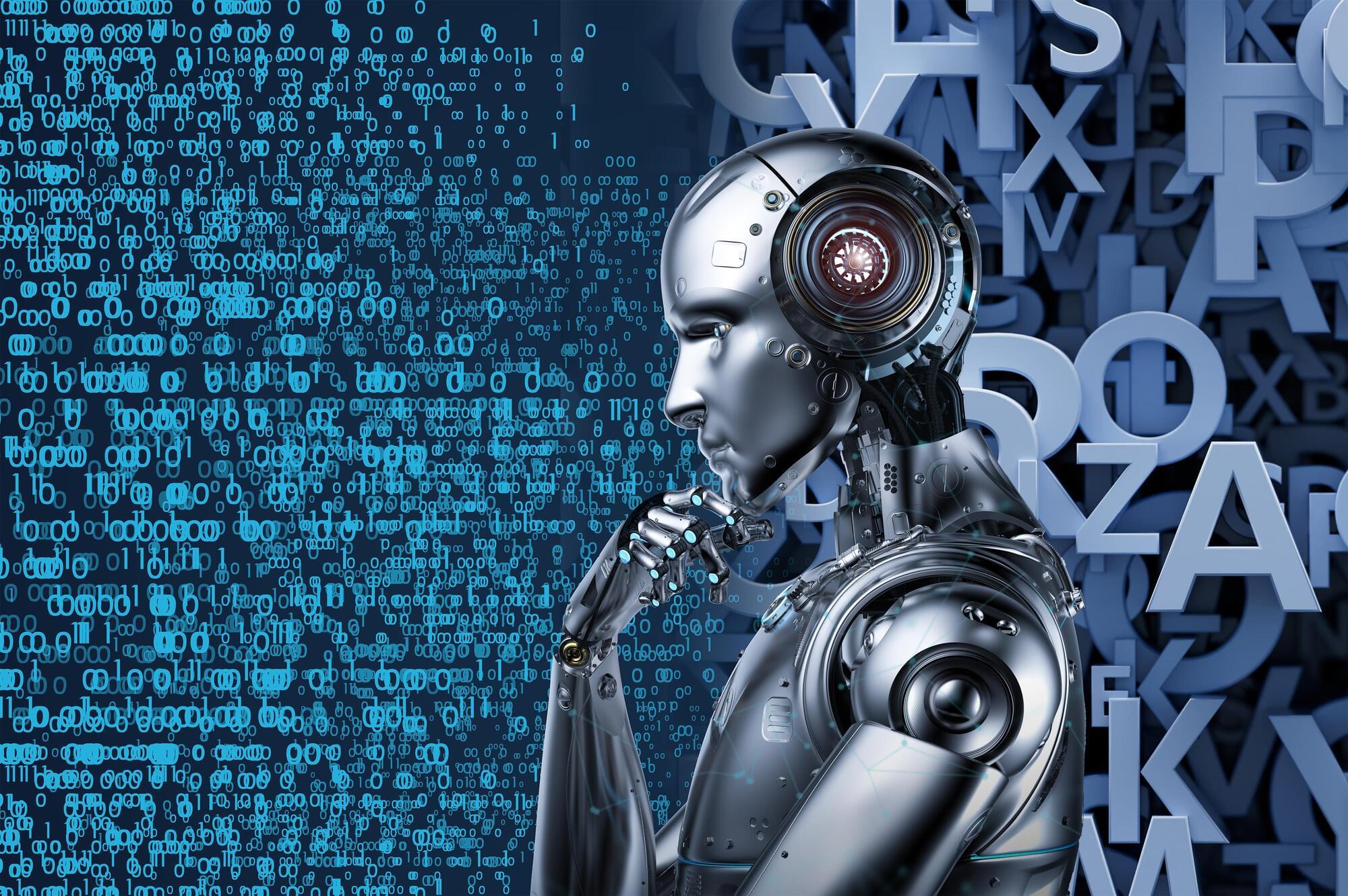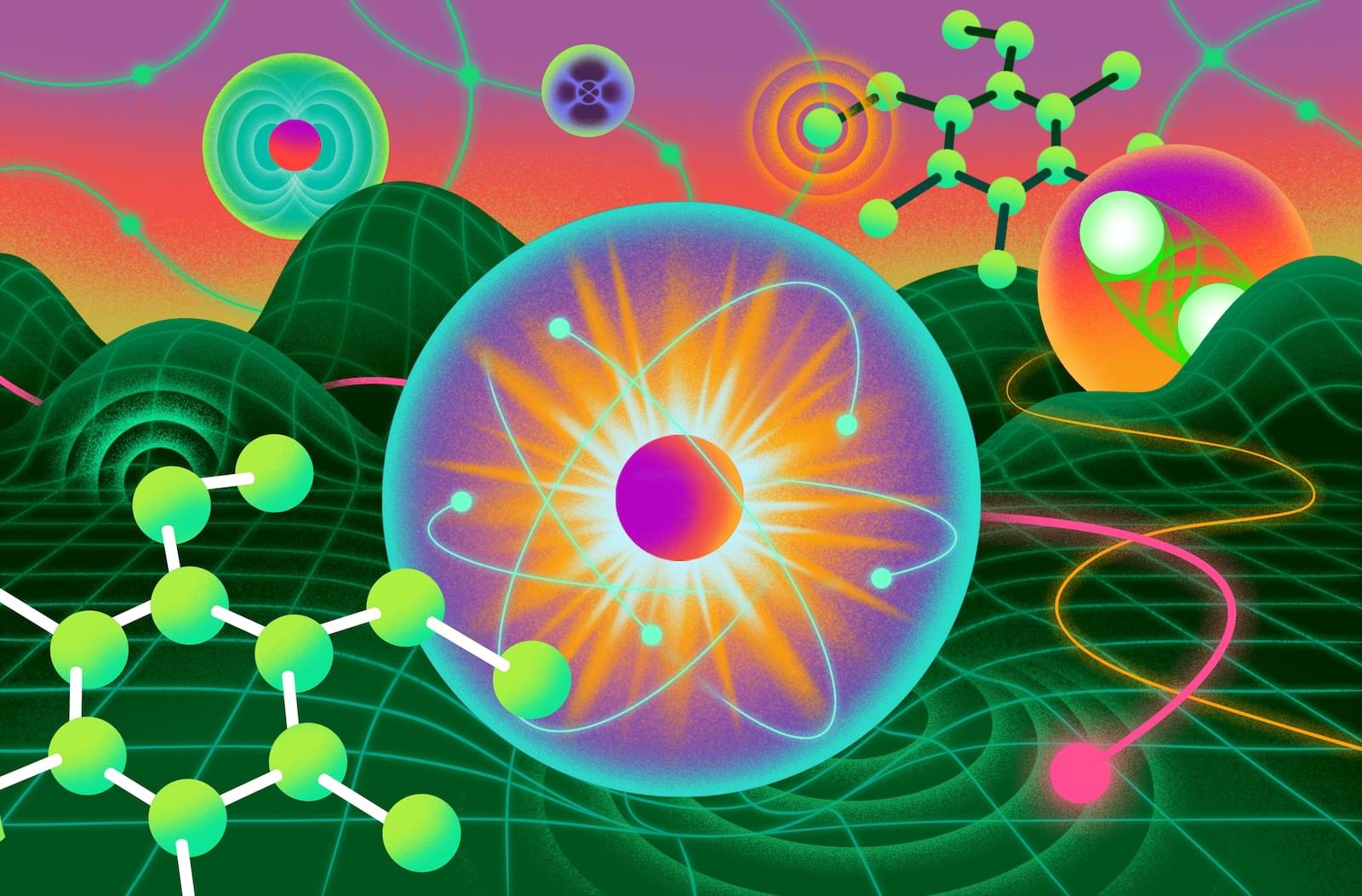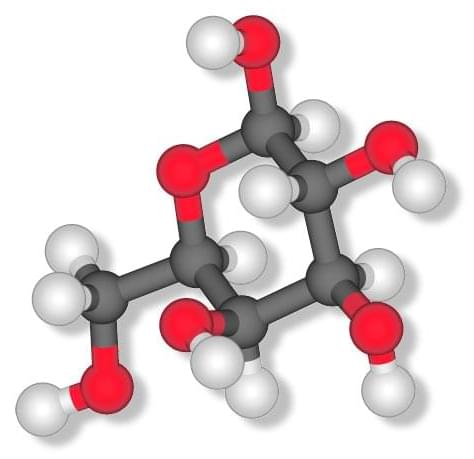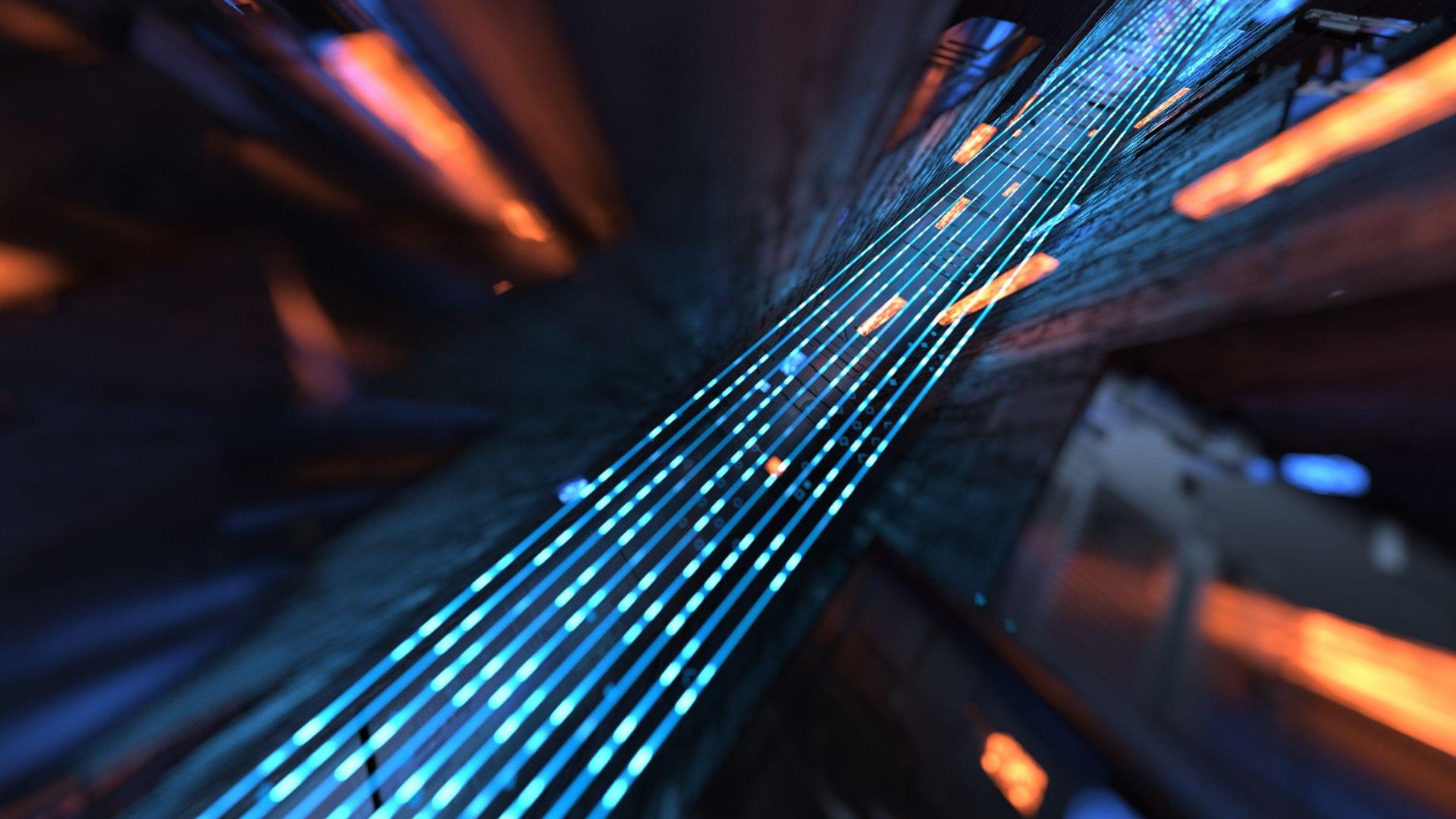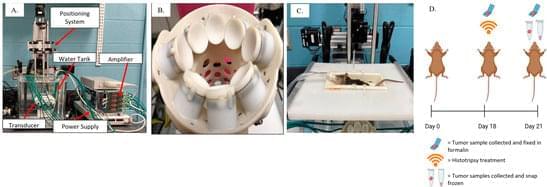Researchers at the Johns Hopkins Applied Physics Laboratory (APL) in Laurel, Maryland, have demonstrated that a quantum algorithm can be used to speed up an information analysis task that classical computers struggle to perform.
The innovation tackles a key element of information operations: tracking and attributing topics and narratives as they emerge and evolve online, which can help analysts spot indications of potential terrorist acts, for example. This involves using computers to perform what’s known as semantic text similarity analysis, or comparing the similarities within a textual dataset — not just the similarity of the words, but the meaning behind them, which makes it possible to identify related texts even if they don’t share any common keywords.
“The amount of open-source text data online — on social media platforms especially — is growing dramatically, and our ability to analyze all of that data has not kept pace with our ability to collect it,” said Roxy Holden, a mathematician at APL and principal investigator of this effort. “Intelligence analysts have limited resources, so finding better ways to automate this kind of analysis is critical for the military and the intelligence community.”
APL researchers have demonstrated that a quantum algorithm can be used to speed up an information analysis task that classical computers struggle to perform.
